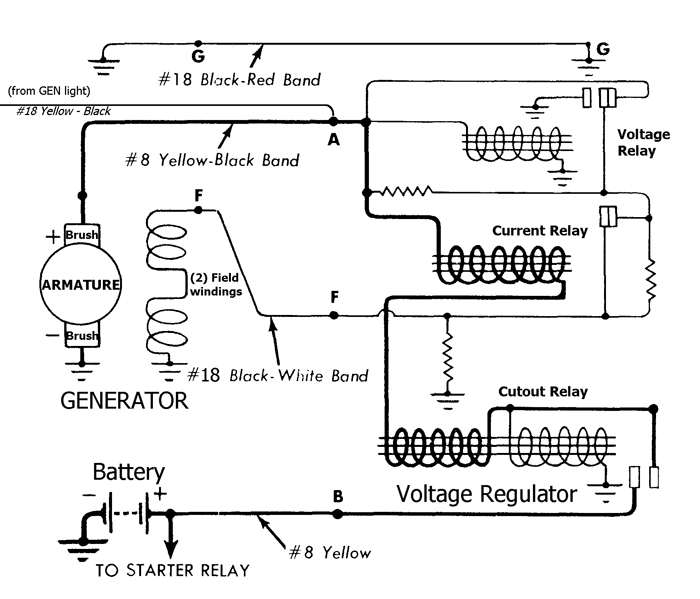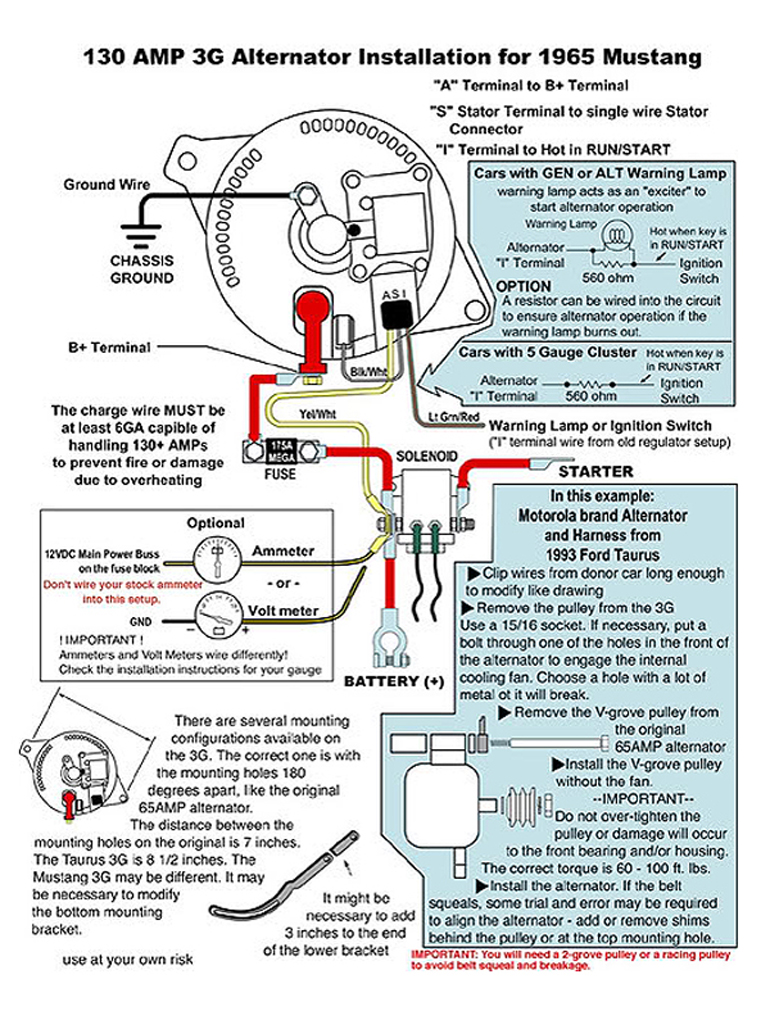hi all
when i get up to 70mph the genlight comes on. would that be a loose belt or something internal. im also after a second hand mirror as all my chrome is well aged and a bit pited. i need one on the passenger side as trying to pullout in traffic is hard when you are on the wrong side in australia.
thanks eddy
when i get up to 70mph the genlight comes on. would that be a loose belt or something internal. im also after a second hand mirror as all my chrome is well aged and a bit pited. i need one on the passenger side as trying to pullout in traffic is hard when you are on the wrong side in australia.
thanks eddy




Comment